Congratulations on completing your program review self-study and action plan! TCDC is looking forward to helping you achieve your curriculum renewal goals.
To help you get started, here is a list of common curriculum renewal tasks, each with an estimated time requirement and links to associated resources. The order of the tasks follows effective curriculum design practice; however, some tasks can be completed concurrently. The tasks your department completes, and the amount of time required for each, will vary depending on your curriculum renewal goals, number of programs and courses, and faculty/instructor availability.
This professional development and curriculum work is usually completed over several semesters, and all faculty/instructors in your department will need to be involved at different points in the process. A curriculum consultant can help you create a plan for this work based on the needs of your department.
1. Connect with a TCDC curriculum consultant
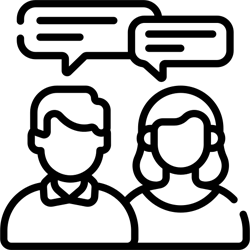
A TCDC curriculum consultant can review the curriculum goals listed in your department’s action plan and help you and your colleagues create a project plan and timeline, identify relevant curriculum resources and training opportunities, and complete your curriculum renewal work. Several departments complete program review each year, so to ensure a curriculum consultant is available to support you with your curriculum renewal projects, please contact TCDC soon after your action plan is completed. Contact TCDC@langara.ca to set up your first meeting with a curriculum consultant.
2. Get familiar with the curriculum cycle
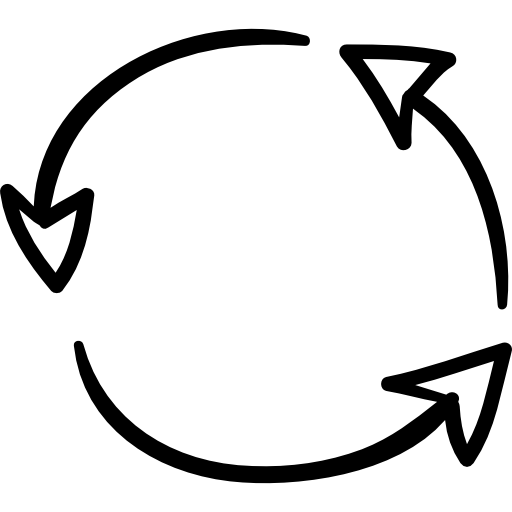
Program review is one step in the curriculum cycle. The
curriculum work identified in your action plan makes up other
steps. Learning about the curriculum cycle gives you the big
picture so you know what to expect as you move ahead –
making your process smooth and efficient.
Time Required: 1 hour
3. Review the basics of outcomes-based curriculum design

The BC government requires us to use outcomes-based
curriculum design. This approach to learning design is also
used in the K-12 setting. Here are some resources on what it
is and how and why we use it to design programs and courses.
Time Required: 1-3 hours
4. Learn about Indigenizing and decolonizing curriculum
snəw̓eyəɬ leləm̓ Langara College is committed to Indigenization, reconciliation, and decolonization. Doing so in a meaningful way requires us to take time necessary to reflect on our worldview, critically evaluate our curriculum and pedagogy, and begin ethically incorporating Indigenous ways of knowing and doing into our practice. Many workshops, courses and resources are available to support this ongoing, iterative work.
Time Required: The time required will depend on department members’ current level of knowledge. Most faculty/instructors begin with a few months of professional development before moving on to curriculum work.
5. Learn how to design inclusive, culturally-responsive curriculum
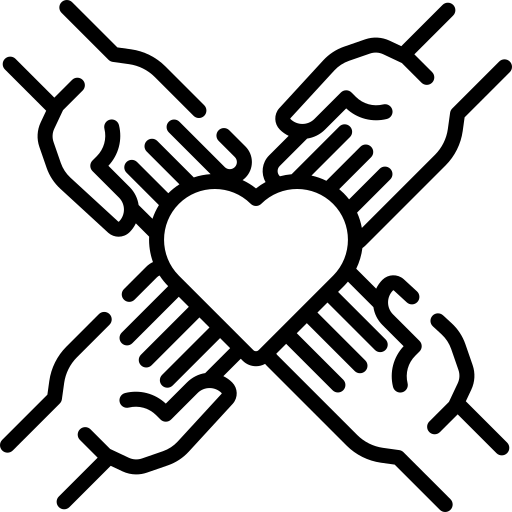
snəw̓eyəɬ leləm̓ Langara College is also committed to providing a “culture of acceptance, justice, equity, diversity, and inclusion of all persons” (Academic Plan 2025). Offering inclusive, culturally-responsive courses and programs is part of this commitment. It requires us to reflect on the knowledge systems, perspectives, and worldviews being elevated in our curriculum and pedagogy and seek ways to incorporate those being left out. It also compels us to move away from the one-size-fits-all model of education and design for the learner variability evident in our classrooms.
Time Required: The time required will depend on department members’ current level of knowledge. Most faculty/instructors begin with a few months of professional development before moving on to curriculum work.
6. Develop/update program learning outcomes
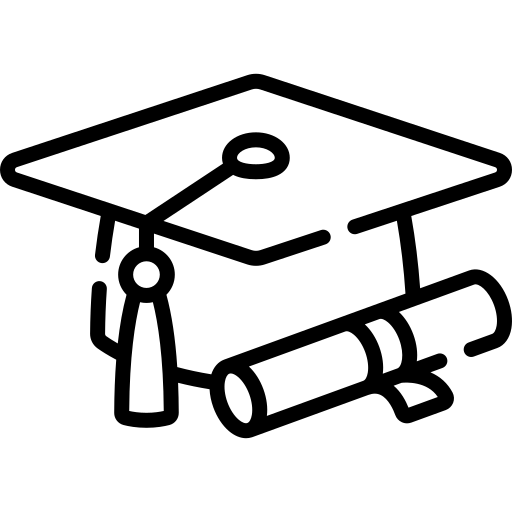
Program learning outcomes (PLOs) state what graduates will know and be able to do after successfully completing a program. PLOs provide the framework for all aspects of your program’s curriculum. See the Program Learning Outcomes Dashboard on the myLangara Curriculum Resources page for example PLOs from different disciplines.
Time Required: 1 hour workshop + 4-5 hours
7. Develop/update courses and course learning outcomes

Courses are the building blocks that help students achieve the program learning outcomes. Course learning outcomes (CLOs) state what students will know and be able to do after successfully completing a course. They provide the framework for all aspects of your course curriculum.
Time Required: 1 hour workshop + ~3 hours per course
8. Check Program Alignment with Curriculum Map
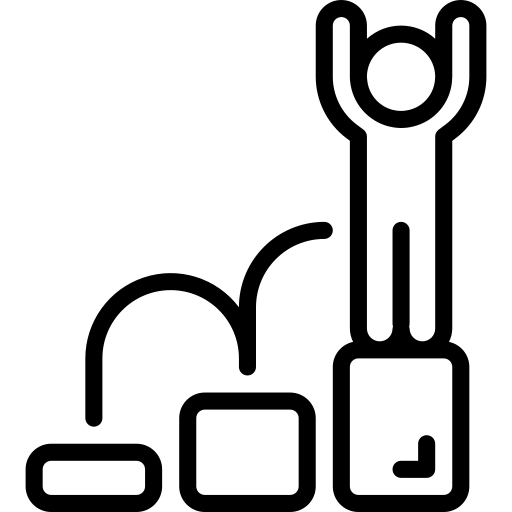
A curriculum map is a visual representation of the program curriculum. It allows us to see how well the core courses and their learning outcomes are aligned with the program learning outcomes and any gaps or redundancies in the curriculum. It also allows us to see how student achievement of the PLOs is being assessed.
Time Required: 1 hour workshop + ~30 minutes per course
9. Check Program Structure with Prerequisites Map (as needed)
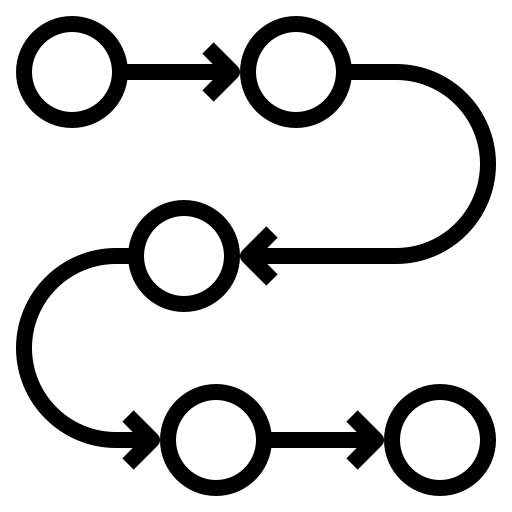
A prerequisites map is a one-page visual representation of the program courses by term that identifies all prerequisites. It allows us to see the overall structure of the program and can be shared with students to help them plan and select courses.
Time Required: ~4 hours
10. Consult on and Complete EdCo Forms (as needed)
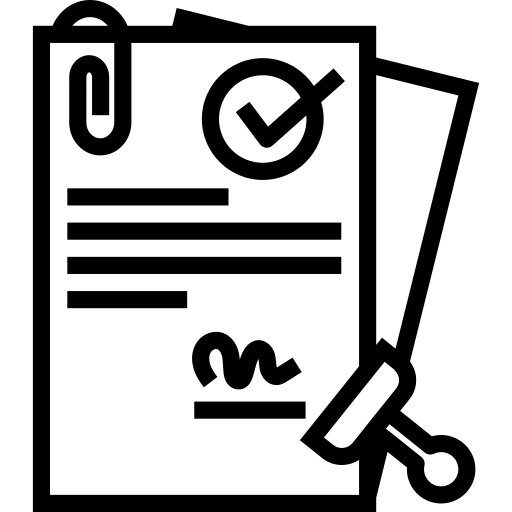
Consult with your Division Chair and TCDC Curriculum Consultant for support with your education council forms.
Time Required: See flowchart

